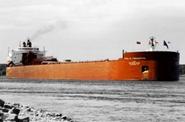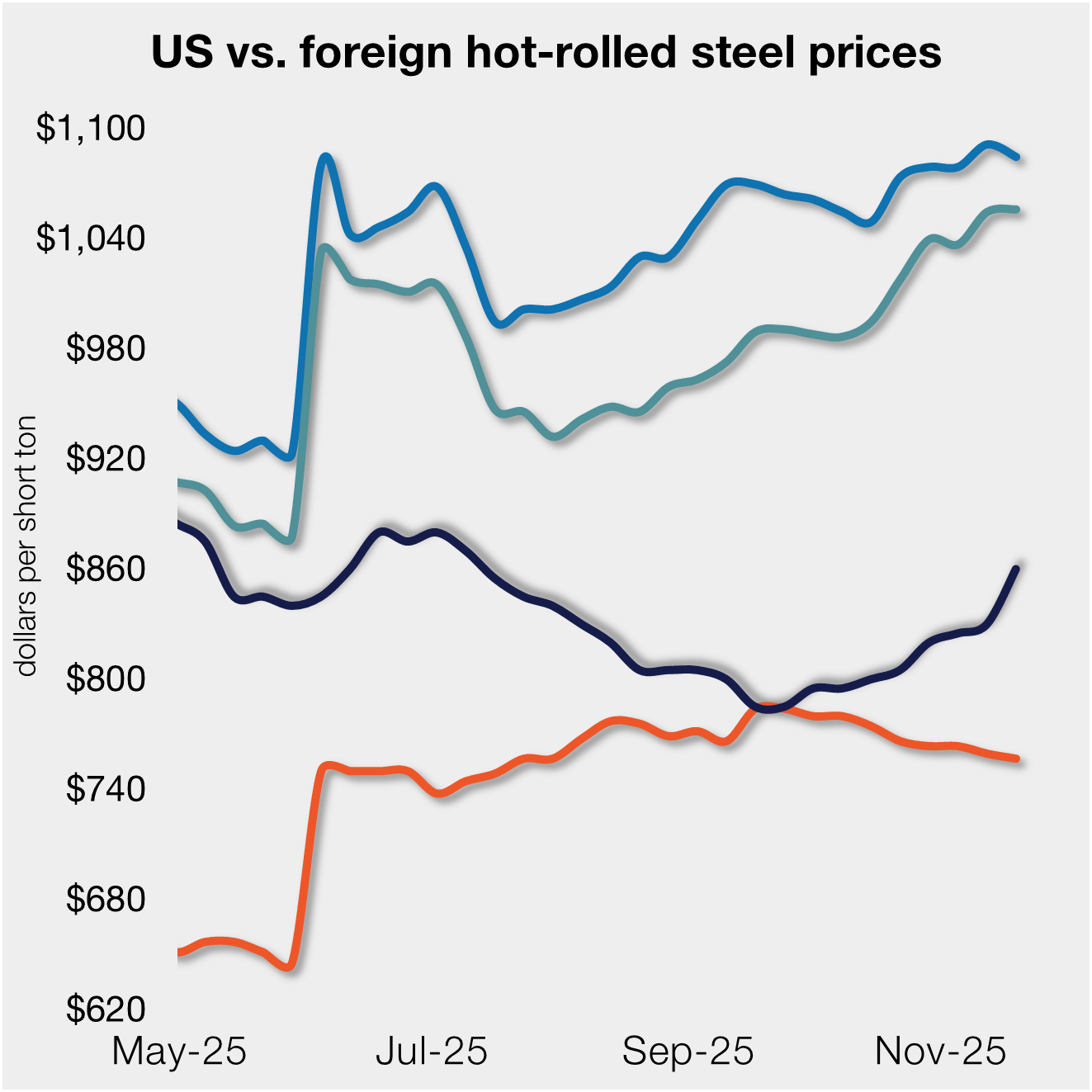Prices

January 25, 2015
Great Lakes Iron Ore Shipping Season Coming to a Close
Written by John Packard
Ice is rapidly advancing and taking hold of the Great Lakes and the connecting river systems (St. Mary’s, St. Clair and Detroit) between the Great Lakes’ reducing or eliminating transit for iron ore carriers on their way to AK Steel, ArcelorMittal and U.S. Steel’s fully integrated steel mills in the northern portion of the United States.
At this time of year there are very few ore carriers still in service on the Great Lakes. Those that are operating require Coast Guard and commercial assistance to transit through the majority of Great Lakes operating areas due to adverse and advancing ice conditions.
![]() The Great Lakes shipping season is essentially closed until spring. Each year, the locks at Sault Ste. Marie close on the 15th of January and remain closed until the 25th of March, eliminating transit to or from Lake Superior.
The Great Lakes shipping season is essentially closed until spring. Each year, the locks at Sault Ste. Marie close on the 15th of January and remain closed until the 25th of March, eliminating transit to or from Lake Superior.
Steel Market Update spoke with Interlake Steamship Company vice president, Brendan O’Connor about the current conditions on the Great Lakes and how their vessels have fared this year after beginning the 2014 shipping season under a force majeure weather event, due to severe ice conditions and a Coast Guard directive to delay operating until conditions were within the Coast Guard’s icebreaking capabilities. The ice conditions and the increased time it took to get from the mines in Minnesota to the ports in Northern Indiana, Ohio and Detroit caused a number of integrated mills to slow down operations in the spring of 2014 due to the lack of iron ore.
O’Connor reminded us that the 2014 Great Lakes season began with extraordinary challenges and unimaginable delays that reduced or eliminated vessel performance for nearly 7 weeks due to the ice conditions on Lake Superior as well as the conditions through the locks at Sault Ste. Marie and elsewhere. He told us, “The original predicted impact to Interlake and its customers was somewhere between 15-20 percent of the normal capability. This time was essentially lost due to the adverse early operating environment in the fixed and typical 300 day navigation season.”
O’Connor went on, “There really is very little ‘surge’ capability to allow for outside capacity to supplement existing Great Lake vessel compliment to make up for the loss of a significant part of our season. Access into the Great Lakes is limited to vessels that can transit through the St. Lawrence Seaway and Welland Canal and therefore, there are limited ocean alternatives outside the Great Lakes Region. Also, vessels carrying cargo from one U.S. port to another U.S. port must be U.S. flag (registered) and crewed with U.S. sailors as a result of the Jones Act. The impact of the difficulty was felt across all commodities that we and others carry and therefore, across the entire Great Lakes market.”
O’Connor advised us that the Great Lakes did see some improved water levels during the 2014 shipping season. Fortunately, this allowed them to carry more tons of ore on their vessels and reduced the early season loss they originally forecast as short to their mill customers from lost operating performance at the beginning of the season.
At this time Interlake Steamship Company has one ship that remains in service on the Great Lakes. As of Thursday of this past week the James R. Barker had lost five days of operating as a result of ice and the need for the U.S. Coast Guard to escort the ore carrier through ice in order to complete their trip to Toledo, Ohio to discharge its cargo of ore. The vessel is then scheduled to transit to Sturgeon Bay, Wisconsin where it will remain for the winter. According to O’Connor, “All vessels now operating on the Great Lakes require escort by Coast Guard vessels due to the increasing ice pack. We are now at a point where, and have been for several days, there is very little predictability in our being able to operate and this makes it prohibitive in considering not just the time it takes to move, but also the potential danger of damage to the asset from ice.”
Steel Market Update learned that Interlake Steamship vessels expect to have a busy 2015 navigation season on the Great Lakes. O’Connor told SMU that the customers they serve are “upbeat” about the immediate future. “Bullish might be too strong, but cautiously optimistic might be a better way to describe it [to explain the market’s position on future business].”
Vessels will be ready to transit through the locks and into Lake Superior on the 25th of March (subject to ice conditions and U.S. Coast Guard support).







